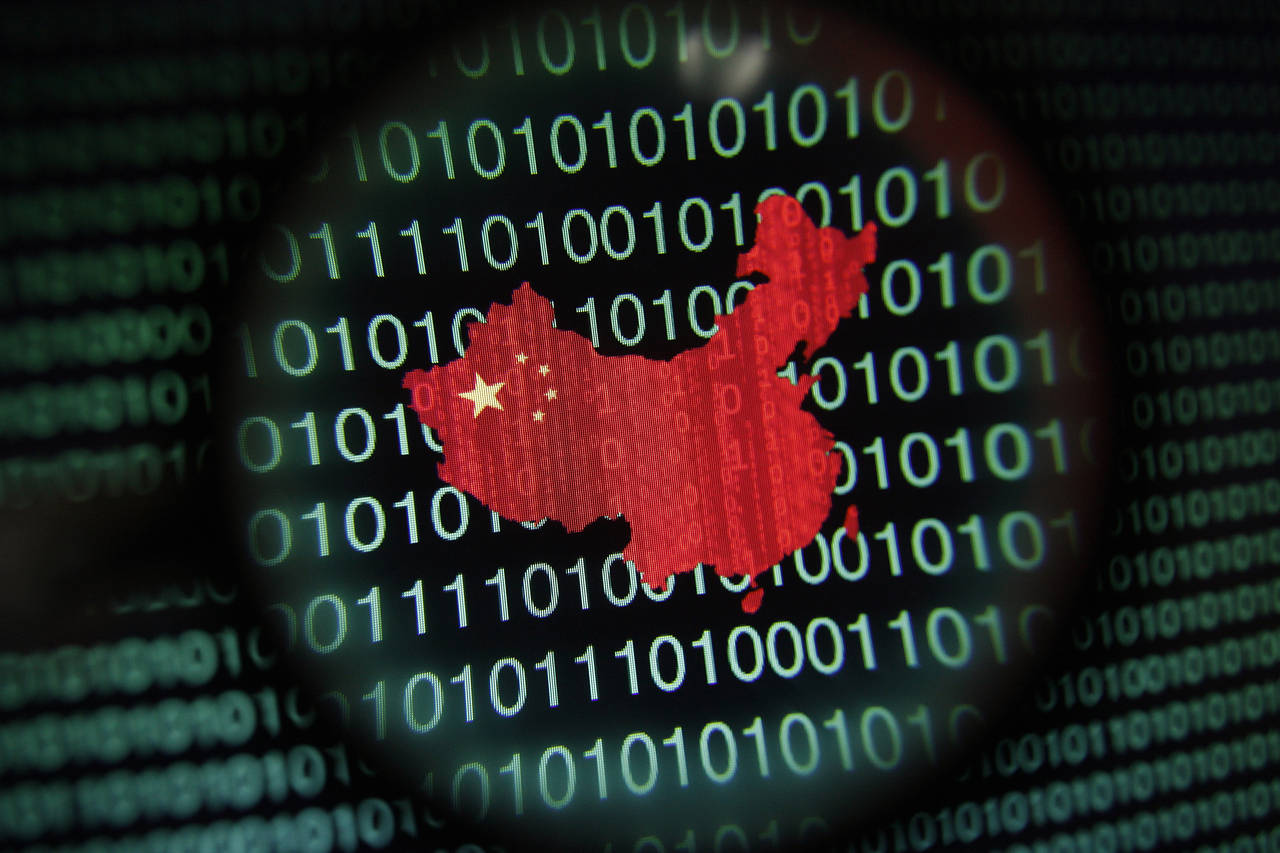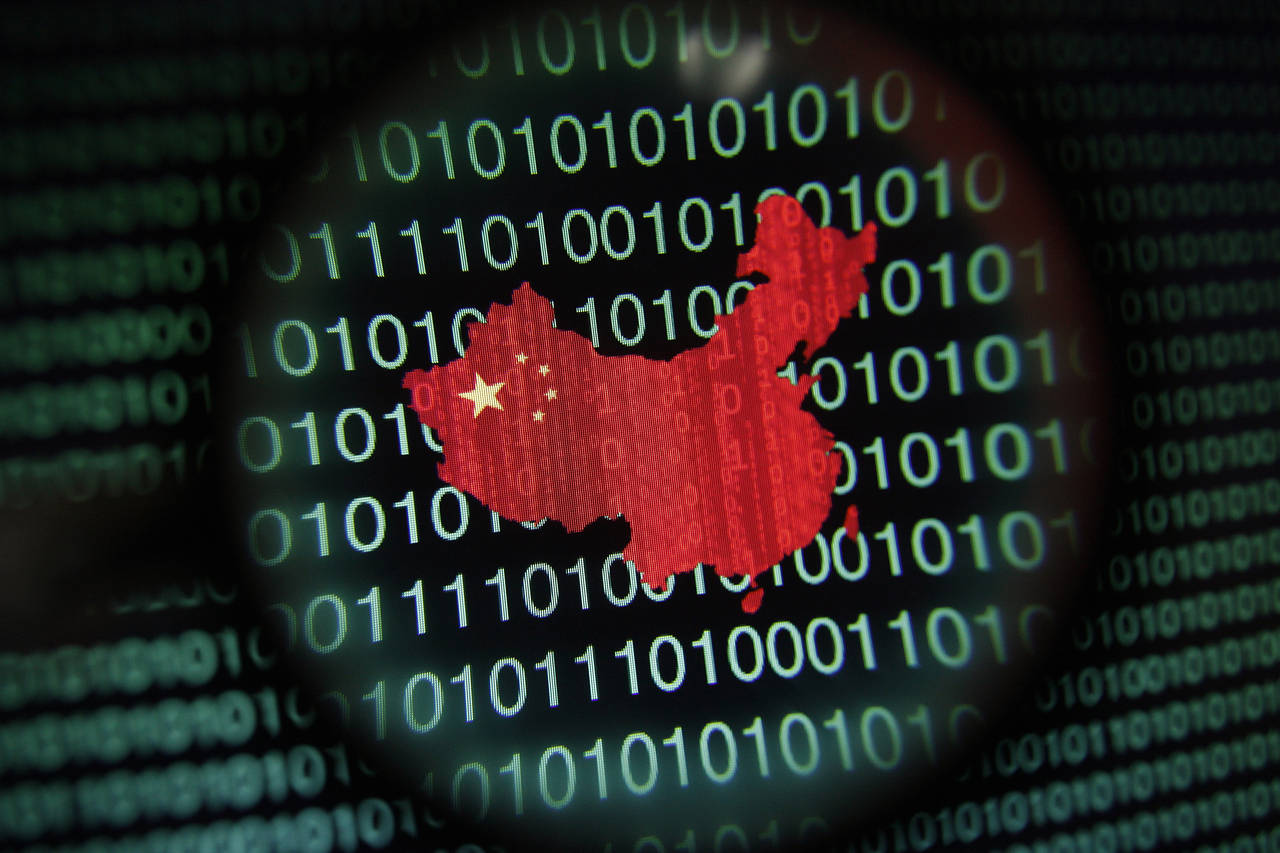China is the manufacturing superpower | Hacker News – China is the manufacturing superpower | Hacker News – that headline says it all, right? But how
-did* China become the world’s factory? This isn’t just about cheap labor; we’ll explore the historical context, from its early beginnings to its current dominance. We’ll look at key industries, government policies, and the challenges China faces in maintaining this position.
Get ready for a deep dive into the complexities of global manufacturing and China’s central role.
We’ll examine China’s strengths – things like infrastructure and technological advancements – alongside the hurdles it faces, including rising labor costs and trade tensions. We’ll also consider how automation and sustainability are reshaping the future of manufacturing and what this means for global supply chains and economic stability. Think of it as a behind-the-scenes look at the engine room of the global economy.
So, that Hacker News thread about China’s manufacturing dominance got me thinking. It’s crazy how much they produce, right? Then I saw this news about a hockey player, Canucks: Dakota Joshua leaves game with apparent leg injury , which is a total shift in topic! Anyway, back to China – it really makes you wonder about the global supply chains and how reliant we are on their manufacturing capabilities.
China’s Manufacturing Dominance

China’s rise as the world’s manufacturing superpower is a remarkable story of economic transformation. From a largely agrarian economy to a global manufacturing hub, China’s journey has been marked by strategic planning, massive investment, and a relentless focus on export-oriented growth. This exploration delves into the historical context, key industries, challenges, global implications, and technological advancements that have shaped China’s manufacturing dominance.
China’s Manufacturing Dominance: Historical Context
China’s manufacturing sector’s evolution can be traced back to the post-Mao era’s economic reforms. The opening up of the Chinese economy in the late 1970s and early 1980s, coupled with significant foreign direct investment (FDI), laid the foundation for its industrial growth. Key factors contributing to this rise include a vast and relatively inexpensive labor force, government support through industrial policies, and the development of export-processing zones.
Compared to the US, which has a more diversified and technologically advanced manufacturing base, or Germany, renowned for its engineering prowess and high-value manufacturing, China’s strength lies in its scale and cost-effectiveness. Japan, with its focus on automation and precision manufacturing, presents a different model, yet China’s manufacturing output significantly surpasses all three.
| Date | Event | Impact | Supporting Evidence |
|---|---|---|---|
| 1978 | Economic Reforms Begin | Initiated market-oriented reforms, paving the way for industrial growth. | Deng Xiaoping’s leadership and the shift away from a centrally planned economy. |
| 1980s-1990s | Establishment of Special Economic Zones (SEZs) | Attracted significant foreign investment and spurred export-oriented manufacturing. | Rapid growth of manufacturing in cities like Shenzhen and Xiamen. |
| 2001 | WTO Accession | Increased access to global markets and further fueled manufacturing expansion. | Significant increase in Chinese exports following WTO membership. |
| 2010s-Present | Focus on technological upgrading and industrial automation | Shift towards higher value-added manufacturing and reduced reliance on low-cost labor. | Government initiatives like “Made in China 2025” and increased investment in robotics. |
Key Industries and Strengths
China’s manufacturing prowess is evident across numerous sectors. Its leading industries include electronics, textiles, apparel, machinery, and automobiles. These sectors benefit from China’s vast infrastructure, a large pool of skilled and unskilled labor (although this is changing), and government policies designed to promote industrial growth. Government initiatives, such as tax breaks and subsidies, have played a crucial role in shaping the manufacturing landscape.
Comparison of China’s Manufacturing Capabilities in Three Key Industries:
- Electronics: High volume production, competitive pricing, significant global market share in components and consumer electronics. Challenges include dependence on foreign technology and intellectual property concerns.
- Textiles and Apparel: Massive production capacity, extensive supply chains, significant global market share, but facing increasing competition from other low-cost producers and sustainability concerns.
- Automobiles: Rapid growth in domestic production, increasing global competitiveness, government support for electric vehicle development, but still lags behind established automakers in technology and brand recognition.
Challenges and Future Trends, China is the manufacturing superpower | Hacker News
China faces significant challenges in maintaining its manufacturing dominance. Rising labor costs, trade disputes (particularly with the US), and technological advancements are all potential headwinds. However, China is actively adapting by investing heavily in automation, promoting sustainable manufacturing practices, and focusing on higher value-added manufacturing. The shift towards automation, driven by initiatives like “Made in China 2025,” is a key response to rising labor costs.
Reshoring by some Western companies presents a challenge, but China’s vast infrastructure and established supply chains remain attractive to many.
A potential future scenario involves a more diversified global manufacturing landscape. While China will likely remain a major player, other countries, particularly in Southeast Asia, may experience increased manufacturing activity due to factors such as lower labor costs and diversification strategies by multinational corporations. This could lead to a less centralized, more regionally dispersed manufacturing ecosystem.
Global Supply Chains and Interdependence

China’s role in global supply chains is undeniable. Its manufacturing sector is deeply integrated with economies worldwide, serving as a key supplier of goods and components for countless industries. This interdependence has significant implications for global trade and economic stability. Over-reliance on China for manufacturing, however, presents risks, including vulnerability to geopolitical instability, supply chain disruptions, and potential economic shocks.
Diagram of China’s Manufacturing Sector within a Global Supply Chain (textual representation):
China (Manufacturing Hub) –(Raw Materials from various countries)–> China (Processing & Manufacturing) –(Finished Goods)–> Global Markets (US, Europe, etc.) –(Feedback & Orders)–> China (Manufacturing Hub)
This simplified model illustrates the flow of raw materials into China, processing and manufacturing within China, and the distribution of finished goods to global markets. The feedback loop represents the continuous interaction and dependence between China’s manufacturing sector and global demand.
Technological Advancements and Innovation

China is making significant strides in developing and adopting advanced manufacturing technologies. While it may lag behind some Western nations in certain areas of technological innovation, its progress is rapid. The government’s investment in research and development, coupled with its large domestic market, is driving technological advancements.
That Hacker News thread about China’s manufacturing dominance got me thinking. It’s a huge topic, and understanding global economics requires looking at all players. For instance, check out this interview with Pierre Poilievre where he outlines his policy goals: Pierre Poilievre dévoile ses objectifs dans une entrevue accordée à. His stance on trade could significantly impact how Canada interacts with China’s manufacturing power in the future.
- Robotics and Automation: Significant investment in robotics and automation to improve efficiency and reduce reliance on low-cost labor.
- Artificial Intelligence (AI) in Manufacturing: Increasing use of AI for process optimization, predictive maintenance, and quality control.
- 3D Printing and Additive Manufacturing: Growing adoption of 3D printing for prototyping and customized production.
Ultimate Conclusion
So, is China’s reign as the manufacturing superpower forever? Probably not. While its current dominance is undeniable, the landscape is shifting. Rising costs, technological disruption, and geopolitical factors all play a role. Understanding China’s manufacturing story means understanding the future of global trade and the intricate web of economic interdependence.
The key takeaway? China’s story is far from over, and its next chapter will be fascinating to watch unfold.
FAQ Section: China Is The Manufacturing Superpower | Hacker News
What are some examples of specific Chinese manufacturing technologies?
So, you’re reading about China’s manufacturing dominance on Hacker News? It’s a huge topic, right? Think about the global supply chains – and how even seemingly unrelated things connect; for example, the massive production of glass bottles for alcohol, which is relevant considering this article: Putting a cancer warning on alcohol is overdue, doctors say.
That’s a health concern impacting consumers worldwide, highlighting how even seemingly unrelated global issues tie back to China’s role in manufacturing.
China is investing heavily in areas like robotics, AI-powered automation, 3D printing, and advanced materials. They are also focusing on improving efficiency and precision in existing technologies.
How is China addressing rising labor costs?
China is actively promoting automation and upgrading its manufacturing processes to reduce reliance on low-cost labor. They are also investing in higher-skilled jobs and focusing on higher-value-added manufacturing.
What are the risks of relying too heavily on China for manufacturing?
Over-reliance creates vulnerabilities to geopolitical instability, supply chain disruptions, and potential trade wars. It also limits diversification and innovation outside of China.
